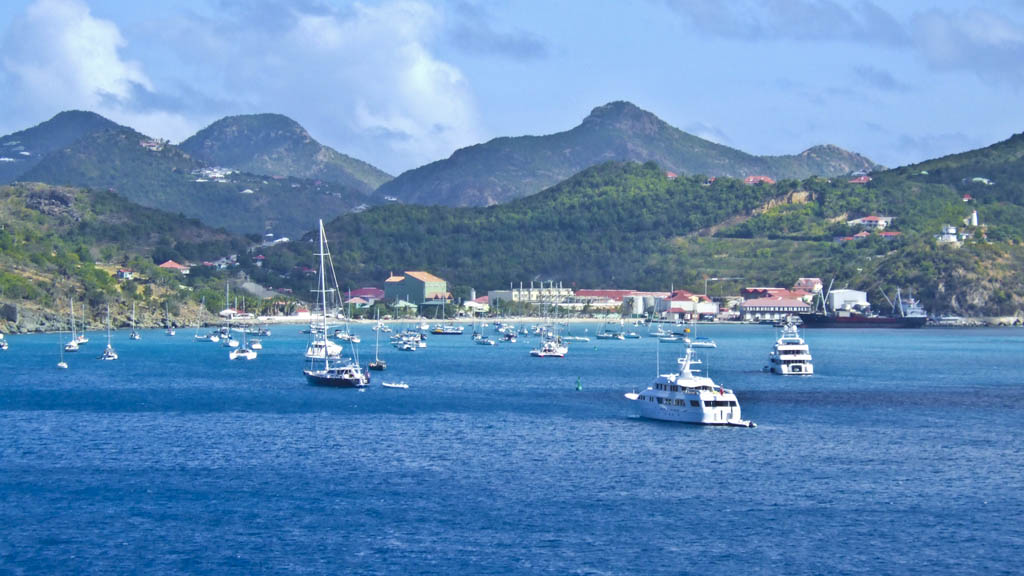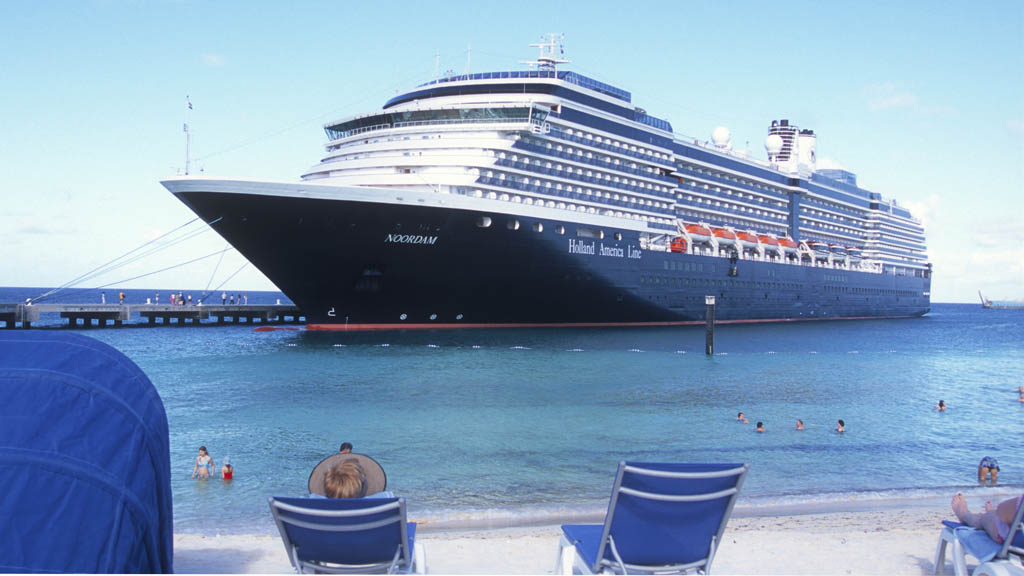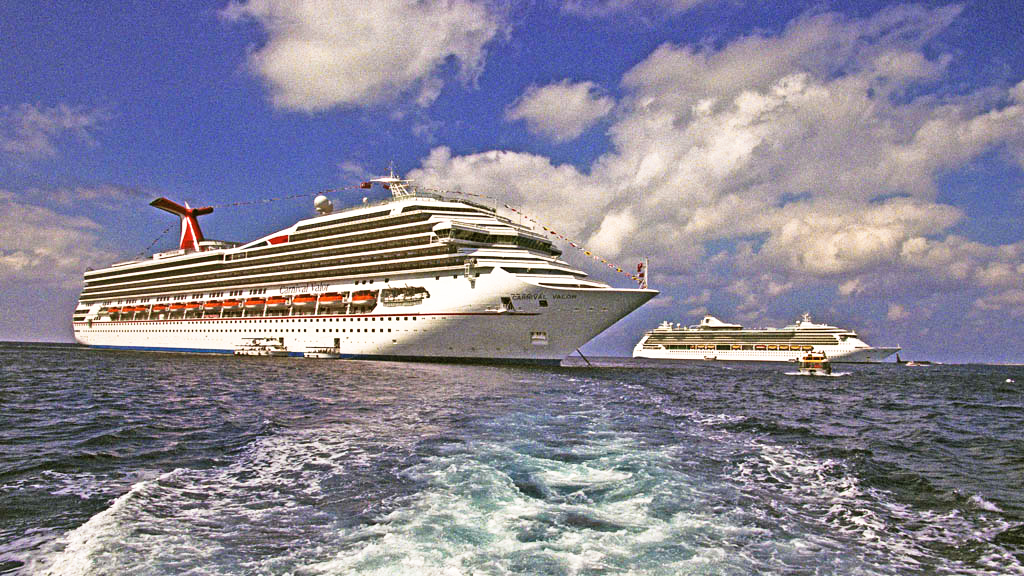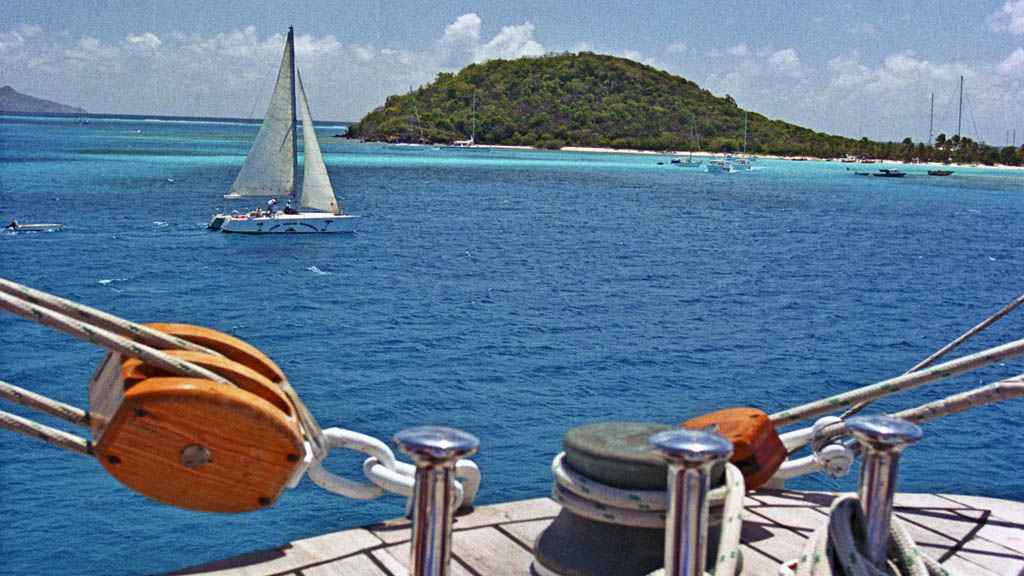
As you start planning your dream cold weather getaway, the first question to ask is where are you headed? It may not clear as you scan cruise websites, but there are two main routes around the Caribbean: Eastern and Western. They go back to the days of sailing ships and originally developed because of the trade winds and the ease of hopping between islands.
Heading west from Florida or Gulf of Mexico ports aims ships toward Jamaica, Mexico and the Central American coast. Eastern routes steer around the Turks and Caicos and Cuba to the smaller islands dotted along the boundary between the Caribbean and the Atlantic Ocean.
Which is right for you depends on what you want from a cruise.

1) What ports fit your style?
Most Eastern Caribbean itineraries typically include one or two long-established ports like St Thomas, San Juan or one of the two capitals of St. Martin/Sint Maaarten. These tend to be busy and offer great shopping opportunities, but you’re likely to encounter a lot of company on the beaches.
Western Caribbean routes include ports in places like Jamaica, Grand Cayman, and Cozumel and often Belize and Roatan in Honduras. These stops offer multiple options for active adventures and water-sports and (with exceptions like Jamaica) tend to be less crowded. Scuba divers love islands like Grand Cayman and Roatan. In Mexico and Belize you can explore pre-Columbian temples.
If you’re a Caribbean cruise veteran and the itineraries are starting to sound too familiar, consider downsizing to a smaller ship. Ships that carry fewer than 1,000 guests can pull into ports that haven’t developed the infrastructure needed to handle the new generations of big cruise ships.

2) Ship versus shore?
Western routes requires more sailing time between ports so you often only get four stops rather than five or six in a week. That can be ideal for people who are looking to experience more shipboard life. More time at sea may also appeal more to families with small children who want to avoid the stress of daily port stops.
In either case, a bigger ship with more activities on board might be the best bet.
Of course, if you’ve experienced busy places like St. Thomas in the U.S. Virgin Islands or Philipsburg on Sint Maarten on eastern routes, you may decide when you land there that you’d rather stay on board ship. These ports have developed dock complexes that can handle four or more mega ships a day, which means there can be more than 10,000 cruise passengers in town at the same time. That leads to shoulder-to-shoulder pedestrian traffic on shopping streets and tie-ups on the roads to get to beaches that are packed with fellow cruisers.
If sunning, shopping and smpling food ashore aren’t your prime goals, the western routes can offer more activities and historic attractions.
Those who want to visit as many ports as possible and avoid potential cool weather around Florida in the winter months might also look at sailings that depart from San Juan or St. Thomas, which don’t have as far to sail to reach neighbor islands and can offer up to a port a day. There aren’t that many choices of ships from these ports, though, and flights there will be more expensive than to Florida.

3) What’s the forecast?
Every year we get warnings that hurricanes will be getting more prevalent. Whether that’s true or not, an advantage of cruising is that ships are able to change course and avoid big blows. Hurricanes tend to be concentrated, so while some islands are getting hit with high winds and damaging waves, others not far away can be having beautiful weather. The trickiest storm season is generally August through November. Rain can happen any time in the Tropics, but fortunately showers tend to be brief.
But storms are not the only factor that could affect your enjoyment on a cruise. Eastern itineraries are less protected from wind and there can be significantly more steady breeze on deck on those islands if sunbathing is your goal. The western routes may encounter fewer waves, however, ocean motion needn’t be a deciding factor because big modern ships are designed to stabilize sailing and minimize pitch and roll.
Weather can still be a big factor n getting ashore in tenders at islands where ships have to anchor far offshore. St Barthelemy and some of the British Virgin Islands can make for challenging tendering. Grand Cayman can sometimes make for s bumpy ride ashore even on a sunny day.
If you’re not up for shopping, you could just relax on the ship–Photo by Wallace Immen
4) What’s on your shopping list?
St. Thomas is traditionally held up as the quintessential shopping island but on recent visits, I’ve found prices in the supposed duty-free shops aren’t really much better than they are on the mainland. And the stores do get incredibly busy when–as is often the case–half a dozen ships are in the port at the same time.
Some of the most interesting shopping for crafts in the Caribbean is in towns on French islands like Martinique or Guadeloupe and the former British islands like Antigue, Barbados, and St. Lucia.
On other island stops and ports in Mexico, you may find yourself having déjà vu because artificial towns have been built by cruise lines around the docks that are more like North American shopping malls than authentic Caribbean experience. The stores are run by chains and the merchandise from one stop to another will seem very similar.

5) Got time? Consider doing both
Often the same ship will offer an eastern route from Florida or Gulf ports one week and a western itinerary the following, which means if you stay on for back to back cruises you can get a comprehensive two-week panorama of the best the Caribbean can offer.
Story by Wallace Immen, The Cruisington Times










Looks good!